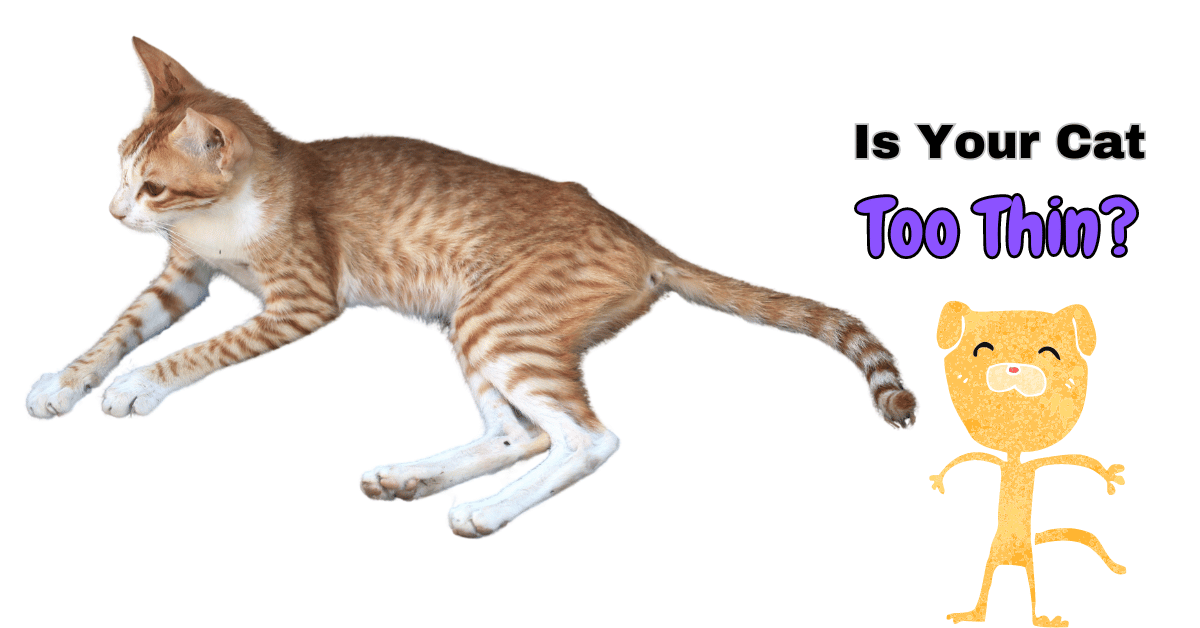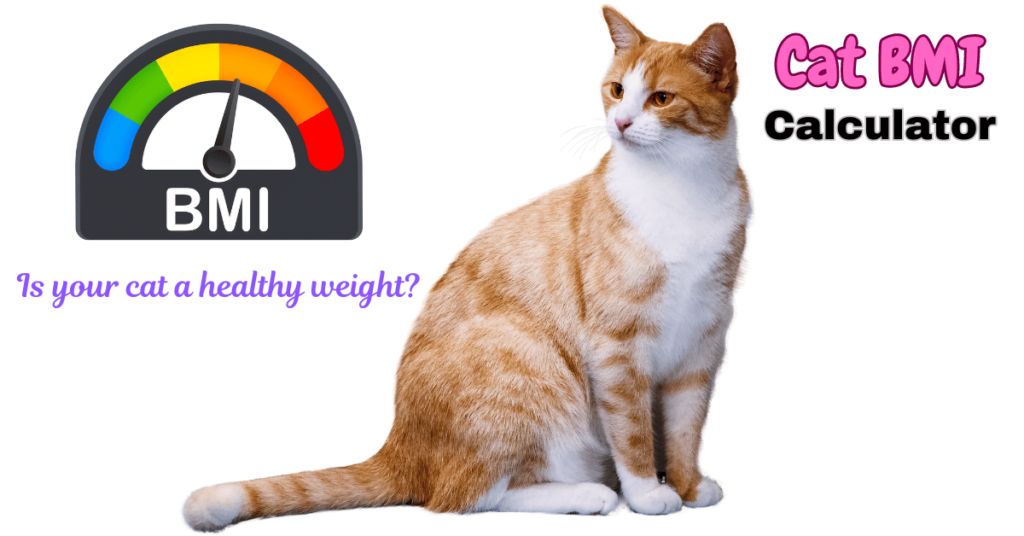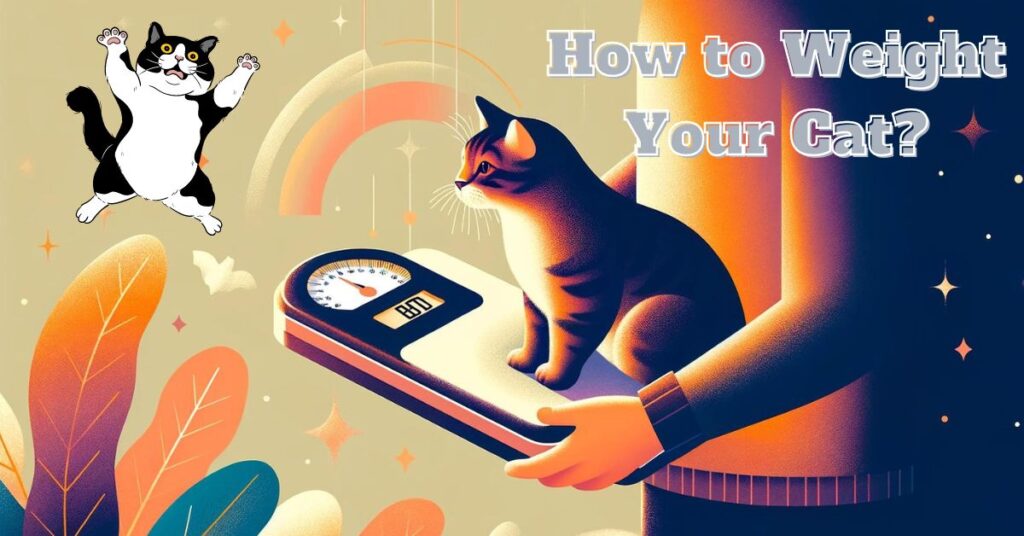This post contains affiliate links and I will be compensated if you make a purchase after clicking on my links.
How to Identify and Help Your Underweight Cat
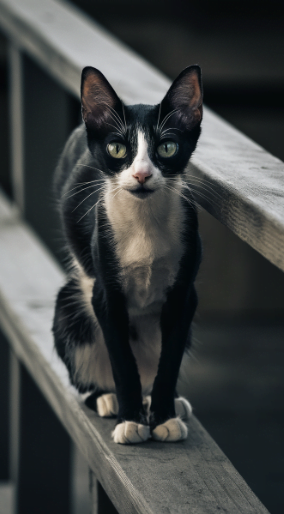
When your furry friend starts looking a bit too slim, it’s time to perk up those ears and pay attention. An underweight cat isn’t just a kitty in need of a few extra treats; it could be a sign of underlying health issues or dietary deficiencies that need addressing.
Underweight cats may not be as common as their chubbier counterparts, but that doesn’t mean we can ignore the issue. We need to keep an eye on their weight to help them live their best nine lives.
In this post, we’ll dive into the causes, symptoms, and solutions to help your slim kitty get back to a healthy, happy weight. Let’s get started!
Fun Fact: Did you know that a whopping 38% of cat owners think their cats are underweight? That’s a lot of concerned kitty parents.
Spotting the Signs: Is Your Cat Underweight?
To catch any issues early, it’s crucial to recognize the signs that your cat might be underweight. Here are some key symptoms to look out for:
Physical Signs
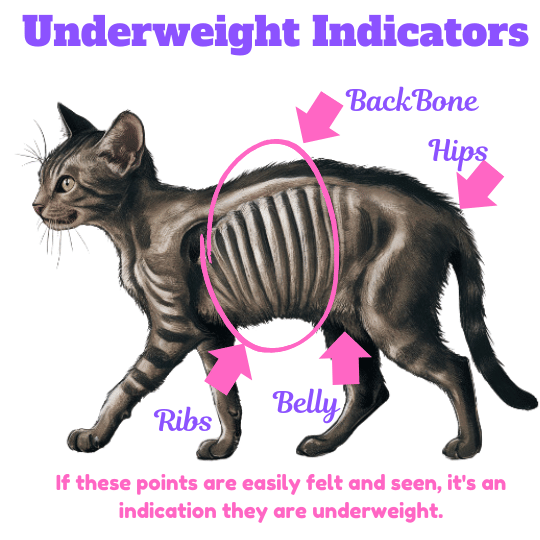
- Visible Ribs and Spine: Ideally, you should be able to feel these bones but not see them, with a slight layer of fat covering them.
- Muscle Loss: A noticeable reduction in muscle mass, particularly around the shoulders and hindquarters, can signal an underweight cat.
- Dull Coat: A healthy cat typically has a shiny, well-groomed coat. If your cat’s fur looks dull, dry, or is shedding excessively, it might be due to malnutrition.
Behavioral Changes
- Lethargy: Underweight cats often lack energy and may seem unusually tired or less playful than usual.
- Decreased Appetite: A drop in your cat’s food intake can both cause and result from weight loss. Monitor their eating habits closely.
- Increased Vocalization: Some cats may vocalize more if they are hungry or in discomfort due to being underweight.
Weighing In On Cat Weight
- Weight Checks: Regular weigh-ins are crucial. Use a pet scale to track your cat’s weight over time and compare it against breed and age standards.
- Cat BMI: Yes, cats have a Body Mass Index too! Calculate your cat’s BMI by comparing their weight to standardized charts, which consider breed variations. This will help determine if their physique falls into the underweight category.
Pro Tip: To accurately assess whether your cat is underweight, it’s best to use a combination of methods. For example, checking their Body Mass Index (BMI) alongside a visual examination based on the Body Condition Score (BCS) provides a comprehensive view.
Understanding the Causes of Underweight Cats
Getting to the bottom of why your cat might be underweight is essential for helping them bounce back to a healthy weight. There are several medical, diet, and environmental factors that can cause weight loss in cats.
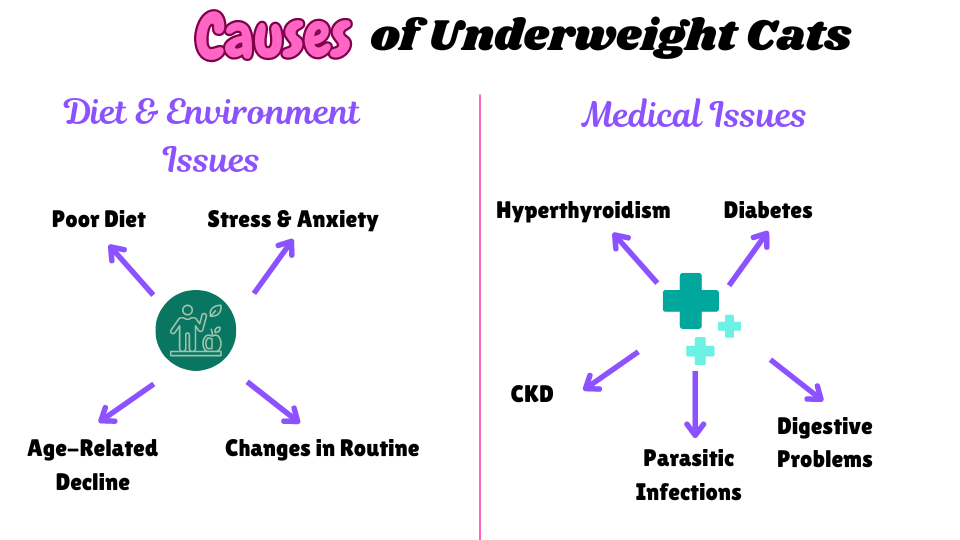
Medical Issues
Hyperthyroidism
This condition is frequent in older cats where the thyroid gland overproduces hormones, leading to a rapid weight loss despite an increased appetite. The increased metabolic rate causes your cat to use up energy faster than usual.
Diabetes
Diabetes in cats often leads to weight loss not because of the disease directly, but due to the body’s inability to use glucose efficiently. This results from either insulin deficiency or resistance, causing the body to break down fat and muscle for energy, leading to weight loss despite increased food intake.
Digestive Problems
Inflammatory bowel disease (IBD) and similar conditions impair a cat’s ability to absorb nutrients effectively from their diet. This malabsorption directly leads to weight loss as essential nutrients pass through without benefiting the cat.
Parasitic Infections
Parasites like worms compete with the host for nutrients, often resulting in significant nutritional deficits and weight loss. These infections, if untreated, can cause malnutrition, anemia, and weight loss by siphoning off the nutrients intended for your cat.
Chronic Kidney Disease
In CKD, the kidneys’ ability to filter waste is compromised, often leading to weight loss. This weight loss is typically due to a combination of decreased appetite, increased energy demands, malabsorption, and inflammation. Cats with CKD may lose up to 10% of their body weight prior to diagnosis.
Diet and Environmental Factors
Poor Diet
Most cat food packaging or websites will have a chart with recommended serving amounts based on your cat’s weight, but these are usually one-size-fits-all and might not be accurate for every cat.
To make sure your cat is getting their daily calorie intake, our cat calorie calculator can provide a better estimate. However, a more accurate recommendation would come from a vet.
Keep in mind that calorie needs can vary – for example, an active cat like a Bengal or Siamese will require more calories than a Persian or Ragdoll.
Stress and Anxiety
Changes in a cat’s environment, such as moving to a new home or the addition of a new pet, can cause stress and anxiety, leading to a loss of appetite and weight loss.
Changes in Environment or Routine
Cats thrive on routine and stability. Any disruptions, such as moving to a new home, changing feeding times, or introducing new pets, can cause stress and anxiety. These changes often lead to decreased appetite and, consequently, weight loss.
Age-Related Digestive Decline
As our feline friends get older, especially those over 10 years of age, they can experience age-related declines in digestive function. This can contribute to weight loss and requires special attention to their diet and health.
Explore our comprehensive guide for a complete list of reasons why your cat might be losing weight>>
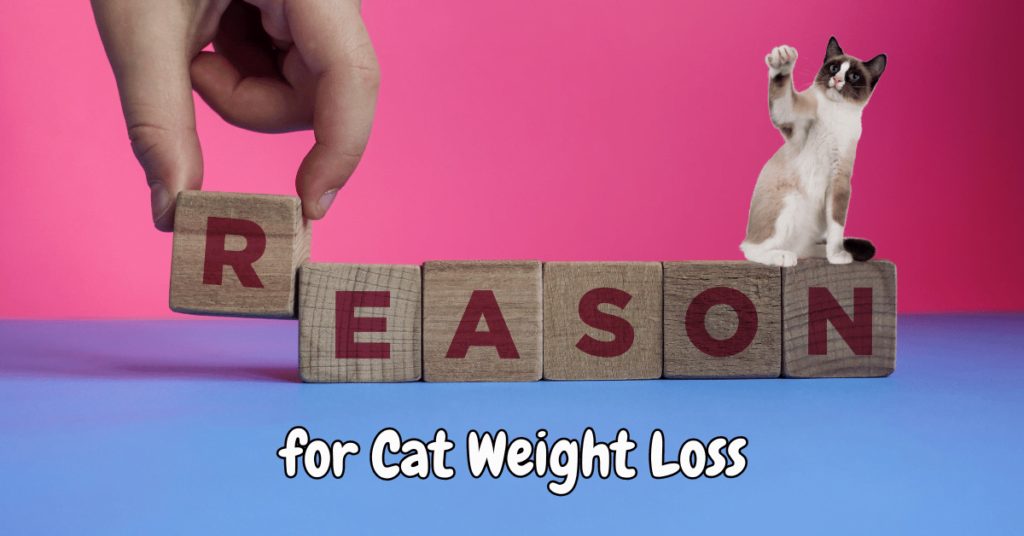
Solutions and Treatments for Underweight Cats
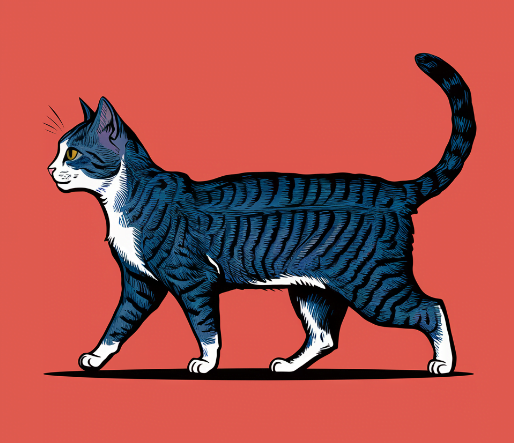
If you suspect your cat is underweight, there are several steps and strategies you can take to fatten up your cat and help them return to a healthy weight. However, the effectiveness of these strategies depends on identifying the underlying cause.
Veterinary Care
- Consultation: Start with a visit to your veterinarian to rule out underlying health issues such as hyperthyroidism, diabetes, or digestive disorders. This might involve blood tests, urine tests, and imaging studies.
- Treatment Plan: Based on the diagnosis, your vet will recommend a treatment approach, which could include medications, dietary adjustments, or other specific interventions.
Nutritional Adjustments
- Appropriate Cat Food: Always opt for high-quality food that suits your cat’s life stage—kitten food for the youngsters, adult food for the full-grown felines, and senior blends for the wise whiskered ones.
- Feeding Frequency: Increase feeding times by offering smaller, more frequent meals, which might appeal more to your cat. Cats naturally prefer to ‘graze’ throughout the day, so keeping food available can really help.
- Free Feeding: Consider free feeding as an option, allowing access to the day’s caloric requirement plus a little extra, to ensure they’re getting all the energy they need.
- Supplements: Consider integrating high-calorie supplements or treats to increase caloric intake, but only after consulting with your vet.
Environmental and Behavioral Modifications
- Stress Reduction: Create a calm environment for your cat. Consider the use of pheromone diffusers and maintain a consistent daily routine.
- Smart Feeding: Utilize smart feeders or microchip cat feeders to manage feeding in a multi-cat household and ensure fair access to food.
- Interactive Feeding: Introduce feeding toys and puzzles to stimulate your cat’s mind and increase interest in food.
Tips for Picky Eaters
- Appetizing Add-ons: Enhance their food with appealing items like plain cooked chicken or a splash of tuna water (not brine).
- Fair Feeding: In a multi-cat kingdom, make sure all your furry subjects have equal access to the royal buffet. Watch out for any sneaky food-guarding tactics from one cat that could keep another from eating their fill.
- Location Matters: Position food bowls in quiet, safe areas away from intimidating objects and ensure they are not near litter trays.
- Variety: Offer a mix of dry and wet food, experimenting with different flavors and textures like chicken pate or salmon stew to cater to your cat’s preferences.
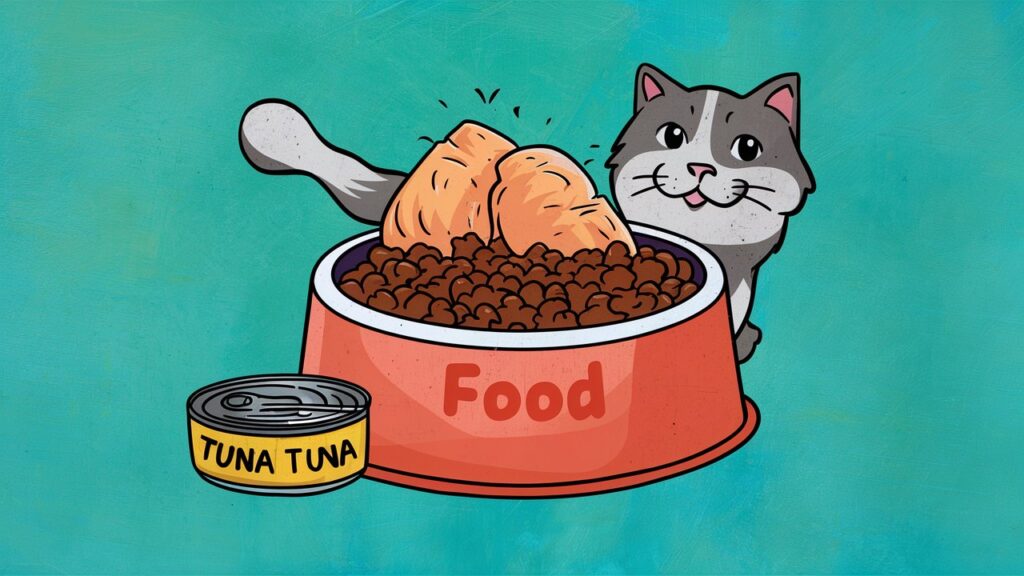
Ensuring Your Underweight Cat’s Healthy Weight Gain
Once you’ve set up a plan to help your underweight cat beef up, keep a close eye on their progress to ensure they’re padding out nicely. Regular weigh-ins are key—use a digital kitchen scale for the petite felines and a baby scale for the bigger buddies. Aim for consistency by weighing them at the same time each week.
To really stay on top of things, maintain a weight journal or a nifty spreadsheet. Record their weekly weigh-ins along with any tweaks in their diet, shifts in behavior, or health changes. This diligent tracking is not just about numbers; it helps you and your vet make well-informed decisions, ensuring your cat is not just gaining weight, but thriving on their path to optimum health.
Tip: Based on your cat’s progress, your vet might suggest adjustments to their diet, medications, or other aspects of their care plan.
Conclusion: Helping Your Underweight Cat Thrive
It’s crucial to get to the bottom of why your kitty might be under the weather and underweight. A well-rounded approach involving a keen understanding of potential causes, sharp-eyed symptom spotting, and tailored solutions will help your whiskered companion bulk up to a healthy weight.
Remember, a little extra padding is perfect for keeping them cozy and protecting their organs, but you don’t want them waddling instead of strutting! Aim for ‘lean and mean’, not ‘thin and skim’.
Keep in mind, different breeds have different norms—some are naturally fluffy wonders, while others sport a more streamlined look.
Meet Sean, a fintech whiz with a penchant for pet purrs and blockchain buzz. After a decade of fintech feats, Sean’s tech talents leaped from ledger lines to litter lines, driven by a passion for pets and a vision for a more connected pet care community. With three critter companions as co-pilots, Sean launched this blog to share a treasury of pet-friendly tech tips and tales.

